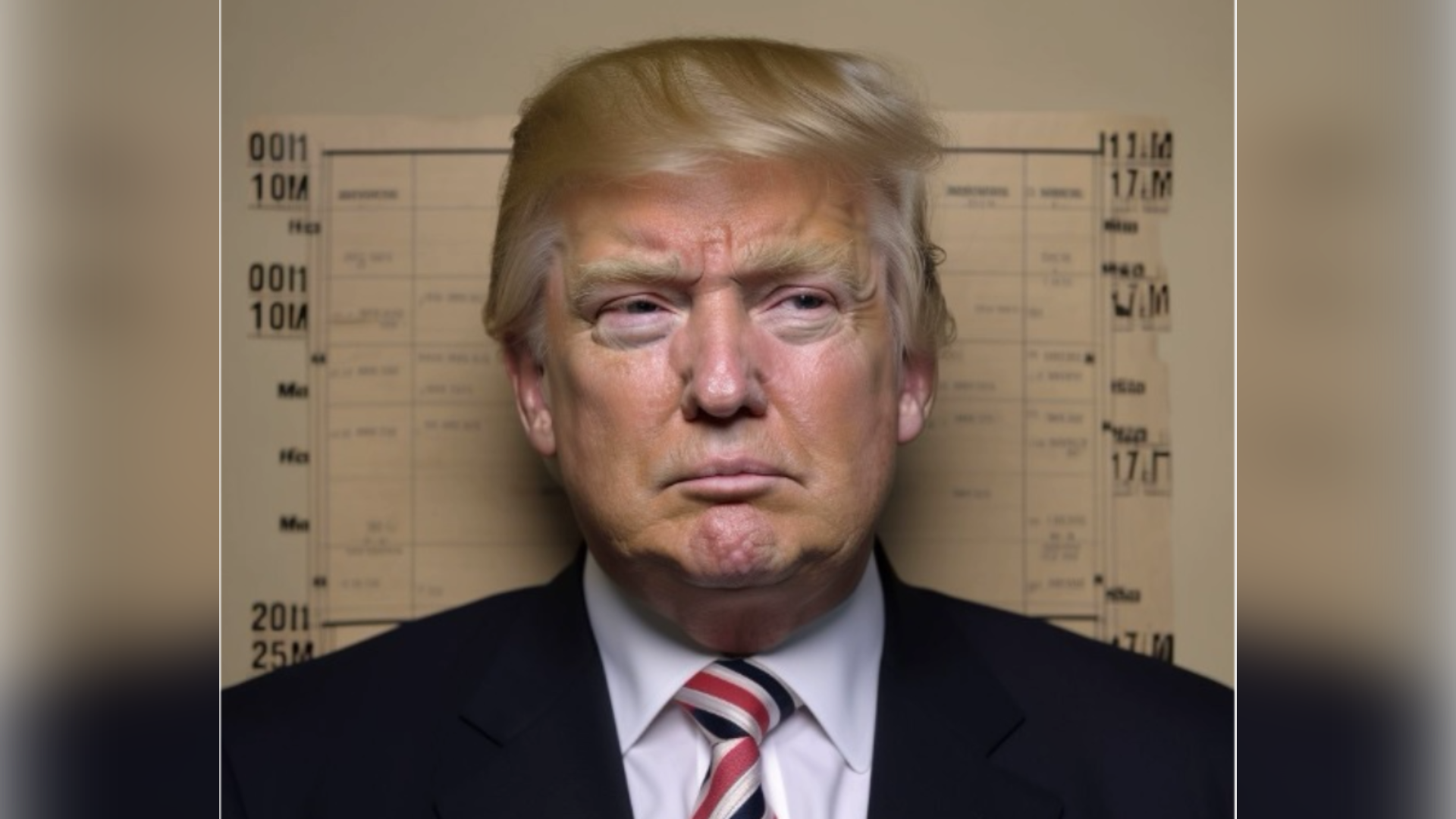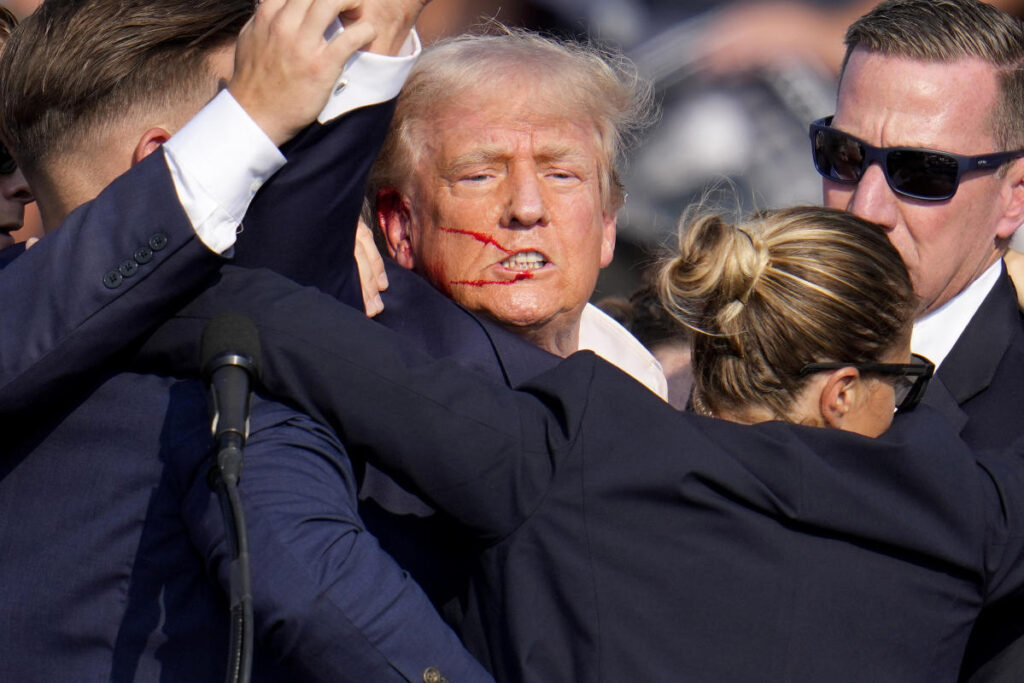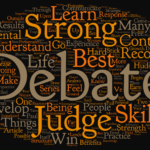The question “Was Trump shot?” has generated a flurry of speculation, conspiracy theories, and misinformation. With the rise of social media and the 24-hour news cycle, the line between fact and fiction can often become blurred. This article aims to explore the origins of this rumor, examine the truth behind it, and understand the broader implications of such claims.
The Origins of the Rumor

The speculation about whether Donald Trump was shot often stems from his polarizing presence in American politics. Throughout his presidency, Trump faced numerous threats, which naturally led to heightened public concern about his safety. However, many rumors regarding his safety have been exaggerated or entirely fabricated.
Events Fueling Speculation
- Public Health Incidents: During his presidency, there were instances where Trump appeared unwell, leading to rumors about his health and safety. For example, his hospitalization for COVID-19 in October 2020 sparked wild speculation about his condition, with some claims suggesting he had been shot or attacked.
- Political Tensions: The divisive political landscape has created a fertile ground for rumors. As tensions escalated during protests and riots, particularly in 2020, discussions about Trump’s safety intensified, often veering into unsubstantiated territory.
- Media Amplification: The media plays a crucial role in shaping public perception. Sensational headlines and unverified claims can easily go viral, leading to widespread misconceptions. This amplifies unfounded rumors, such as those surrounding Trump’s safety.
The Security Measures in Place

As a former president, Donald Trump is protected by the United States Secret Service, which implements extensive security measures. These protocols are designed to ensure the safety of high-profile individuals and are regularly updated to address evolving threats.
Key Security Protocols
- Threat Assessments: Before any public event, the Secret Service conducts comprehensive threat assessments. This involves analyzing potential risks, securing venues, and managing crowd control.
- Emergency Response Teams: Medical teams are always on standby during public appearances, ready to respond to any emergencies. This immediate medical readiness is a crucial part of Trump’s security detail.
- Intelligence Gathering: The Secret Service collaborates with various intelligence agencies to gather information on potential threats. This allows them to take proactive measures to ensure safety.
These layers of security significantly reduce the likelihood of a successful attack against Trump, making rumors of him being shot highly improbable.
The Role of Misinformation
In today’s digital age, misinformation spreads rapidly, often leading to unnecessary panic. The claim that Trump was shot is a prime example of how rumors can take hold and flourish in the absence of credible evidence.
How Misinformation Spreads
- Social Media Dynamics: Social media platforms allow for rapid sharing of information, regardless of its veracity. This often results in unverified claims going viral, as users share sensational content without proper fact-checking.
- Echo Chambers: Online communities can create echo chambers where misinformation thrives. Users are often exposed to narratives that reinforce their existing beliefs, making them more susceptible to accepting false claims as truth.
- Lack of Media Literacy: Many individuals lack the skills to critically evaluate sources of information. This can lead to a blind acceptance of sensational headlines and rumors, further perpetuating misinformation.
Investigating Credible Sources

To address the question Was Trump shot of whether Trump was shot, it is essential to rely on credible news sources and official statements. Thus far, there has been no verified report or credible evidence to support the claim that he has ever been shot.
Official Denials
Throughout his presidency and afterward, Trump and his representatives have consistently denied any incidents involving gunfire or serious threats to his life. In high-profile situations, such as his COVID-19 hospitalization, credible news outlets focused on his health without any indication of violence or attack.
Historical Context of Threats Against Presidents
Threats against U.S. presidents are not new. Historical context can help us understand the heightened concern regarding Trump’s safety. Throughout American history, several presidents have faced assassination attempts or threats.
Notable Examples
- Abraham Lincoln: Assassinated in 1865.
- John F. Kennedy: Assassinated in 1963.
- Ronald Reagan: Survived an assassination attempt in 1981.
These incidents highlight the reality of threats faced by presidents, shaping public perception and concern about their safety.
The Evolution of Presidential Security
The security measures protecting presidents have evolved significantly over time. Following high-profile assassinations, the Secret Service has adopted more stringent protocols to safeguard sitting presidents and their families.
Modern Security Measures
Today’s security includes:
- Advanced Technology: Enhanced surveillance and monitoring systems help identify and mitigate potential threats in real-time.
- Collaborative Security Efforts: The Secret Service collaborates with local law enforcement and intelligence agencies, creating a comprehensive security network.
- Public Engagement Strategies: Carefully planned public appearances minimize exposure to potential threats, allowing for a more secure environment.
These advancements help ensure the safety of public figures like Trump, making the idea of him being shot less credible.
The Psychological Impact of Misinformation

The spread of rumors like “Was Trump shot?” can have significant psychological effects. For the public, constant exposure to misinformation can create anxiety and distrust in legitimate news sources. For Trump, being the target of such speculation can lead to increased scrutiny and pressure.
Addressing the Misinformation Crisis
Combatting misinformation requires a multi-faceted approach:
- Critical Thinking: Encouraging individuals to think critically about the information they consume can reduce the spread of false narratives.
- Media Literacy Education: Teaching media literacy in schools and communities can empower people to discern credible sources from unreliable ones.
- Fact-Checking Initiatives: Supporting fact-checking organizations can help verify claims and debunk false narratives before they spread.
Conclusion
In conclusion, the question “Was Trump shot?” is grounded in speculation rather than factual evidence. Despite the intense scrutiny surrounding his presidency, there is no credible information to support this claim. Understanding the origins of these rumors and the mechanisms behind misinformation is vital for promoting a more informed public discourse.
As we navigate today’s complex media landscape, it is essential to prioritize truth over sensationalism. By fostering a culture of critical thinking and relying on credible sources, we can work towards a more accurate narrative surrounding public figures and events. In doing so, we enhance our collective understanding and contribute to a healthier information environment.
4o mini



